What are the official NCAA specifications for lacrosse goals and nets. How should lacrosse goals be constructed and positioned on the field. What are the required dimensions for lacrosse goal posts, crossbars, and netting.
NCAA Lacrosse Goal Dimensions and Construction
The National Collegiate Athletic Association (NCAA) has established specific requirements for lacrosse goals to ensure fairness and consistency across games. Let’s examine the key specifications:
- Goal mouth dimensions: 6 feet wide by 6 feet high
- Pipe diameter: 1.5 inches
- Material: Metal pipe
- Color: Orange
The goal consists of two vertical posts connected by a rigid top crossbar. The posts must be 6 feet apart, with the crossbar positioned 6 feet above the ground. This creates the standard 6×6 foot goal opening.
Natural Surface Field Goals
For fields with natural grass surfaces, in-ground goals are required. The specifications are:
- Vertical post length: 7.5 feet
- In-ground insertion depth: 1.5 feet
- Sleeve tops: Must be at ground level
Artificial Surface Field Goals
When setting up goals on artificial turf or other non-natural surfaces, there are two options:
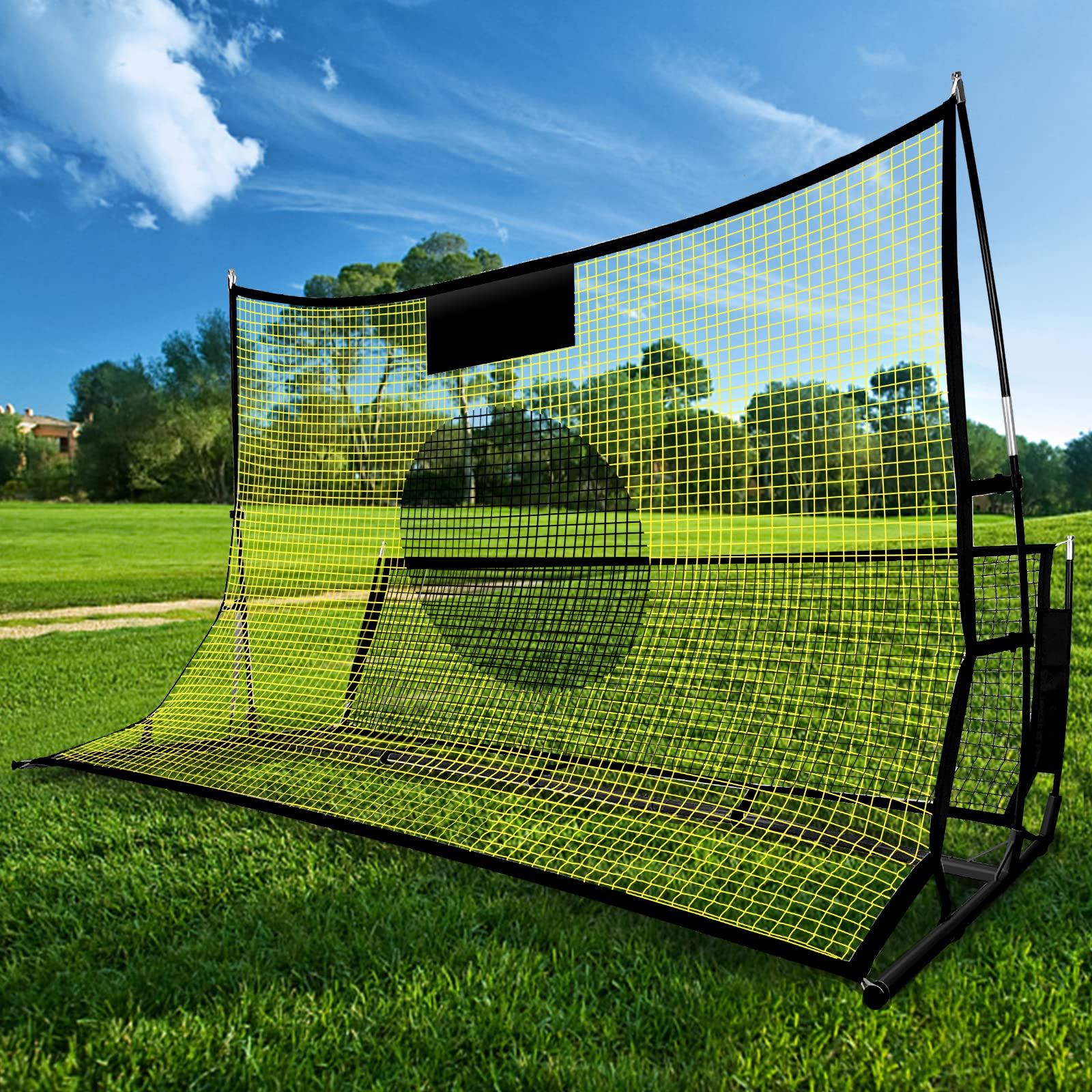
Flat Iron Goals
- Vertical post length: 6 feet
- Flat iron supports: Placed at least 7 feet behind goal center
- Maximum flat iron thickness: 0.5 inches
Obtuse Angle Goals
- Vertical post length: 6 feet
- Ground pipe: Attached at the bottom
Lacrosse Goal Line and Plane
A clear line must be drawn between the goalposts to indicate the plane of the goal. This line is officially referred to as the “goal line.” It plays a crucial role in determining if a shot has crossed into the goal area.
NCAA Specifications for Lacrosse Nets
The lacrosse net is an integral part of the goal structure. Here are the key points about lacrosse netting:
- Shape: Pyramidal
- Material: Cord
- Attachment: Fitted to the goal frame
The home team is responsible for providing a legal goal with proper netting. If any irregularities are found, teams may request reasonable extra time to correct the issue and meet NCAA specifications.
Importance of Standardized Lacrosse Equipment
Why are these specifications so important? Standardized equipment ensures:

- Fair competition across different venues
- Consistent playing conditions for all athletes
- Safety for players
- Accurate officiating and scoring
By adhering to these NCAA guidelines, schools and leagues can maintain the integrity of the sport and provide a level playing field for all participants.
Selecting the Right Lacrosse Goals for Your Program
When purchasing lacrosse goals for a school or league program, consider the following factors:
- Playing surface type (natural vs. artificial)
- Portability requirements
- Budget constraints
- Durability and weather resistance
- Ease of assembly and maintenance
Always ensure that any goals you purchase meet the official NCAA specifications to avoid potential issues during games or tournaments.
Maintaining Lacrosse Goals and Nets
Proper maintenance of lacrosse goals and nets is essential for longevity and safety. Here are some tips:
- Regularly inspect goals for damage or wear
- Repaint orange surfaces as needed to maintain visibility
- Check net attachments and repair any loose or frayed areas
- Store portable goals properly during off-seasons
- Ensure in-ground sleeves remain clear of debris
By following these maintenance practices, you can extend the life of your lacrosse equipment and ensure it remains compliant with NCAA standards.

The Evolution of Lacrosse Goal Design
While the basic structure of lacrosse goals has remained consistent, there have been some innovations and improvements over the years:
- Introduction of more durable materials for goal frames
- Development of weather-resistant netting
- Creation of portable goal systems for easier transport and storage
- Implementation of safety features to prevent tipping
These advancements have made lacrosse goals more accessible and safer for players at all levels of the sport.
Lacrosse Goal Specifications for Different Levels of Play
While this article focuses on NCAA specifications, it’s worth noting that other leagues and age groups may have slightly different requirements:
Youth Lacrosse
- Often uses smaller goals (e.g., 4×4 feet) for younger players
- May allow portable goals for easier setup and breakdown
High School Lacrosse
- Generally follows NCAA specifications
- Some state associations may have minor variations
Professional Lacrosse
- Typically adheres to NCAA dimensions
- May have additional branding or technology requirements
Always check with the specific governing body for your league to ensure compliance with their exact specifications.

The Role of Technology in Modern Lacrosse Goals
As lacrosse continues to grow in popularity, technology is playing an increasing role in goal design and officiating:
- Goal-line technology to assist with scoring decisions
- High-definition cameras for instant replay reviews
- Sensors to detect when balls cross the goal plane
- Digital displays integrated into goal frames for timing and scoring
While many of these technologies are still in development or limited to professional leagues, they represent the future direction of the sport and may eventually influence NCAA specifications.
Frequently Asked Questions About Lacrosse Goals
How tall is a lacrosse goal?
A standard NCAA lacrosse goal is 6 feet (72 inches) tall from the ground to the top of the crossbar.
How wide is a lacrosse goal?
The width of a regulation lacrosse goal is 6 feet (72 inches) between the inside edges of the vertical posts.
What color should lacrosse goals be painted?
According to NCAA specifications, lacrosse goals should be painted orange to ensure high visibility on the field.
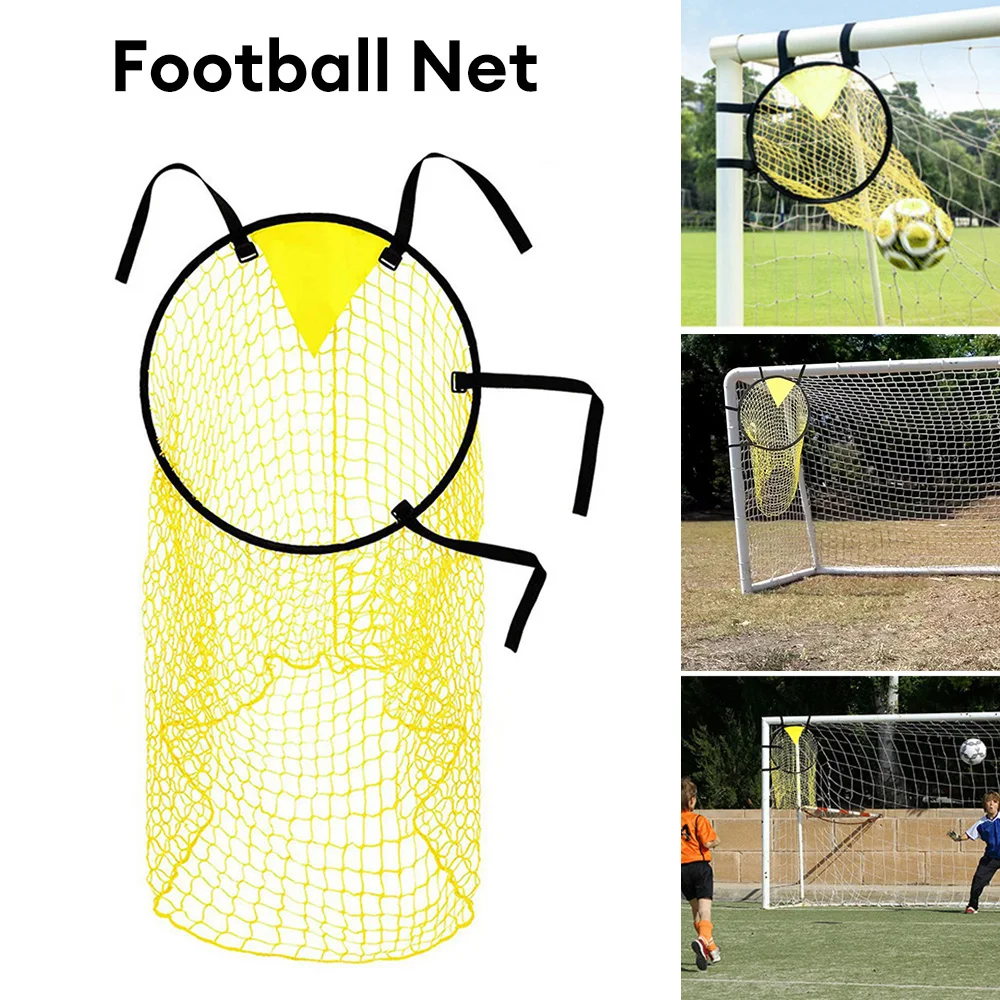
Can lacrosse goals be made of materials other than metal?
NCAA rules specify that goals must be constructed of metal pipe. Other materials are not permitted for official play.
How deep should the lacrosse goal net be?
While the NCAA does not specify an exact depth, the net should form a pyramidal shape behind the goal frame, typically extending about 7 feet back from the goal line.
Are portable lacrosse goals allowed in NCAA play?
Portable goals are allowed on artificial surfaces, provided they meet the specified dimensions and are properly anchored for safety.
How often should lacrosse goals be inspected?
It’s recommended to inspect goals before each game or practice session to ensure they meet safety and regulatory standards.
Understanding the official NCAA specifications for lacrosse goals and nets is crucial for anyone involved in organizing or participating in collegiate-level lacrosse. These standards ensure fair play, consistent performance, and player safety across all venues. As the sport continues to evolve, it’s important to stay informed about any updates or changes to these specifications to maintain compliance and enhance the overall quality of the game.

NCAA Specifications for Lacrosse Goals and Nets
NCAA Specifications for Lacrosse Goals and Nets – Lacrosse has become one of the most popular games among youth in the last few years. It is active gameplay that goes on interesting at every stroke.
Not only playing lacrosse is great fun, but watching it also creates much excitement and refreshes one’s mind.
A large many high schools or colleges are organising different lacrosse leagues every year.
If you are going to buy the right lacrosse goals and nets for your league, you must be well aware of your needs first.
The lacrosse goals and nets often come up in different size variants. So, it gets quite necessary for one to make the final decision very carefully.
NCAA (National Collegiate Athletic Association) has established some rules and regulations for the games.
Moreover, the institute also provides parameters for the gaming tools so that to make each game fair one.
If you are going to get lacrosse goals and net for your league, you must need to aware about the specifications described by NCAA and these are:
Ncaa Specifications for Lacrosse Goals and Goal Lines
- A lacrosse goal needs to have a goal mouth of about 6 feet wide and 6 feet in height.
- The outer diameter of the goals should be 11/2 inch. It needed to be constructed of metal pipe and should be painted of orange colour.
- A goal needed to have two vertical posts perfectly joined by the ridged top crossbar. The distance between the two posts needed to be 6 feet whereas the top crossbar needed to be placed at 6 feet height from the ground.
- For natural surface fields, you needed to have on an in-ground goal.
- The vertical posts of the gaol should be placed at 71/2 feet in length. Insertions should be made about 11/2 feet.

- The vertical sleeves needed to be top at the bottom and make sure that the top of the sleeves is at ground level.
- In case if you are going to fix a goal on an artificial surface, the specifications you need to follow are:
- For flat iron goals, each vertical post should be placed at 6 feet length whereas the top piece should be attached at the bottom. Make sure that the two flat irons are placed at least 7 feet back from the centre of the goal. The maximum thickness of the flat iron is restricted within ½ inch.
- For the Obtuse angle goal, each vertical post needed to be at 6 feet length whereas the ground pipe needed to be placed at the bottom.
- A clear line needs to draw between the goalposts. It indicates the plane of the goal. The line thus created is termed to be the goal
Ncaa Specifications for Lacrosse Net
- Lacrosse Net is the part of the lacrosse goal. Each lacrosse goal is fitted with a pyramidal-shapedcord netting that is often termed as goal net.

It is only the home team’s responsibility to arrange a legal goal. One can easily ask for reasonable extra time for correcting any irregularity found in the NCAA specifications.
That’s it for NCAA Specifications for Lacrosse Goals and Nets.
By Alfred RuizIn UNLeave a Comment
Clock face, Lacrosse Goal s, angle, digital Clock, time png
Clock face, Lacrosse Goal s, angle, digital Clock png
- angle,
- digital clock,
- time,
- number,
- royalty-free,
- roman numerals,
- hour,
- Microsoft PowerPoint,
- Line Art,
- line,
- Lacrosse Goal Cliparts,
- alarm clock,
- home accessories,
- free content,
- dial,
- watch,
- circle,
- black and white,
- area,
- wall clock,
- png,
- transparent,
- free download
png
About This PNG
Image size
- 600x589px
File size
- 54.
 2KB
2KB MIME type
- Image/png
Download PNG ( 54.2KB )
resize PNG
width(px)
height(px)
License
Non-Commercial Use, DMCA Contact Us
Clock face Digital clock Time, clock, template, angle, white png
600x600px
14.36KBClock face Digital clock, Clock s Free, angle, time, clock png
600x600px
52.08KBClock face Number, clock, digital Clock, digit, time png
600x600px
200.9KBClock face Digital clock Time, clock, angle, white, monochrome png
600x600px
17.03KB org/ImageObject”>round black Roman digital clock with clock face, Clock face Roman numerals Digital clock, vintage clock, angle, white, symmetry png
600x600px
107.13KBClock face Roman numeral Numerical numeral, clock, angle, white, symmetry png
1024x1024px
64.34KBanalog clock illustration, Clock face Digital clock, speedometer, angle, white, furniture png
1024x1024px
445.34KBClock face Digital clock Time, clock, angle, white, monochrome png
600x600px
17.56KB org/ImageObject”>Clock face Roman numerals Digital clock Alarm Clocks, clock, angle, white, face png
768x768px
69.09KBClock face Digital clock, 6 o’clock, angle, furniture, digital Clock png
600x600px
52.14KBAlarm clock Mechanism Quartz clock Digital clock, clock, angle, time, ikea png
1024x1024px
465.44KBClock face Digital clock World clock Watch, Sloe, furniture, decor, digital Clock png
698x700px
292.73KBClock face Roman numerals Clock face, clock hands, angle, white, symmetry png
715x710px
47. 29KB
29KBClock face Roman numerals Movement Digital clock, clock, template, angle, white png
2700x2700px
352.5KBClock, clock icon, angle, clock, clock png
1024x1024px
66.7KBClock face Roman numerals Numeral system, shading, angle, white, symmetry png
800x800px
118.6KBClock face Roman numerals, clock, angle, white, text png
495x512px
48.13KBAlarm clock Clock face, time, digital Clock, time, timer png
2682x2682px
319.09KBClock face Digital clock Time, clock, number, hour, alarm Clock png
672x672px
20. 06KB
06KBRoman numerals illustration, Clock face Roman numerals Time, time, angle, white, text png
1150x1150px
51.91KB11:55 analog clock display, Alarm clocks, huoshao evening background, angle, symmetry, digital Clock png
800x800px
23.31KBClock face Template Clock position, clock without hands, template, angle, white png
600x600px
23.68KBClock face Pendulum clock Antique time, antique pattern, digital Clock, roman Numerals, wall Clock png
637x640px
797.03KBClock face Roman numerals Digital clock, Roman digital clock, roman digital clock, angle, white, text png
1302x1301px
54. 28KB
28KBClock face Station clock Roman numerals Time, clock, furniture, decoupage, numeral png
703x704px
714.71KBCuckoo clock, Blank Printable Clock Face, angle, symmetry, digital Clock png
800x800px
44.19KBClock face Watches & Watches, clock, template, angle, white png
600x600px
110.13KBRoman numeral clock, Clock face Roman numerals Alarm clocks, wall clock, angle, white, furniture png
1200x1200px
36.94KBClock face Digital clock Time Pendulum clock, clock, angle, white, text png
672x672px
26.37KB org/ImageObject”>Roman numerals, Clock face Clock face, s number 10 tumblr, angle, text, monochrome png
2500x2500px
387.45KBClock face Digital clock, hour, angle, furniture, digital Clock png
594x599px
52.77KBAlarm clock, travel clock, digital Clock, number, alarm Clock png
2978x4120px
1.94MBround black analog clock, Clock face Roman numerals Numerical digits Number, clock, angle, monochrome, time png
894x894px
438.47KBClock face Roman numeral Numerical numeral, clock, angle, white, logo png
1024x1024px
72. 78KB
78KBblack analog clock illustration, Clock face Moving faces Roman numerals Clock, alarm clock hand, angle, white, symmetry png
894x894px
143.28KBClock face, wall clock, digital Clock, hourglass, clock png
1280x1280px
431.2KBblack gauge, Clock face Minute pattern, Stopwatch, angle, time, number png
2330x2330px
391.62KBClock face Roman numerals Clock face, clock, angle, white, symmetry png
800x794px
81.49KBround black clock, Clock face Pattern, Clock patterns, symmetry, time, number png
3000x3000px
179.9KB org/ImageObject”>Clock face Roman numerals Numerical system Numerical numeral, clock, angle, digital Clock, numerical Numeral png
1000x956px
410.71KBround white analog clock face, Clock face, Blank printable dial, angle, white, text png
600x600px
42KBround green clock, Timer Stopwatch Clock Icon, clock, digital Clock, time, cartoon png
512x512px
19.48KBClock face Roman numerals Numerical digit Number, arrow type, angle, white, numerical Numeral png
672x658px
35.36KB org/ImageObject”>Roman numerals Clock face Numerical digit Time and attendance Clock, clock, angle, white, text png
898x890px
114.28KBClock face Time measurement, clock without hands, angle, white, text png
672x672px
17.09KB
Clock face Roman numerals Number, along, angle, white, symmetry png
716x719px
82.63KB
Clock face Digital clock Alarm Clocks, clock, angle, digital Clock, time png
1106x1337px
97.14KB
Clock face Digital clock, Blank Clock s, angle, white, text png
672x672px
20.85KB
Alarm clock Scalable Graphics Icon, Alarm clock, template, digital Clock, fire Alarm png
512x512px
21KB
Quartz clock Alarm Clocks Time Movement, clock, blue, kitchen, child png
410x410px
21.71KB
Space as a premonition — Russia in global politics
The third decade of the 21st century promises to pass under the sign of a space renaissance. Ambitious public and private programs have been launched, military branches are being created, and new services are being provided. All this leaves an imprint on international security.
The cornerstone of military-political relations at the level of great powers is strategic stability. In a narrow sense, it is based on nuclear deterrence and is understood as the lack of incentives for a first strike – through a guaranteed retaliatory strike that carries an inevitable nuclear retaliation. At the same time, the development of space infrastructure is of concern to a number of countries in terms of undermining a relatively stable state by providing the possibility of a first disarming strike. The purpose of this paper is to describe the current state and prospects of the space infrastructure of the United States and its allies, its potential in the context of a first strike, and also to outline possible ways to prevent undermining strategic stability. The issues of the emergence of space-based strike systems are beyond the scope of this study.
In a narrow sense, it is based on nuclear deterrence and is understood as the lack of incentives for a first strike – through a guaranteed retaliatory strike that carries an inevitable nuclear retaliation. At the same time, the development of space infrastructure is of concern to a number of countries in terms of undermining a relatively stable state by providing the possibility of a first disarming strike. The purpose of this paper is to describe the current state and prospects of the space infrastructure of the United States and its allies, its potential in the context of a first strike, and also to outline possible ways to prevent undermining strategic stability. The issues of the emergence of space-based strike systems are beyond the scope of this study.
Existing infrastructure
As for the direct American satellites in the area of responsibility of the US National Office of Military Space Intelligence ( NRO ), the most interesting are the Key family spacecraft hole (optical-electronic) and Lacrosse (radar).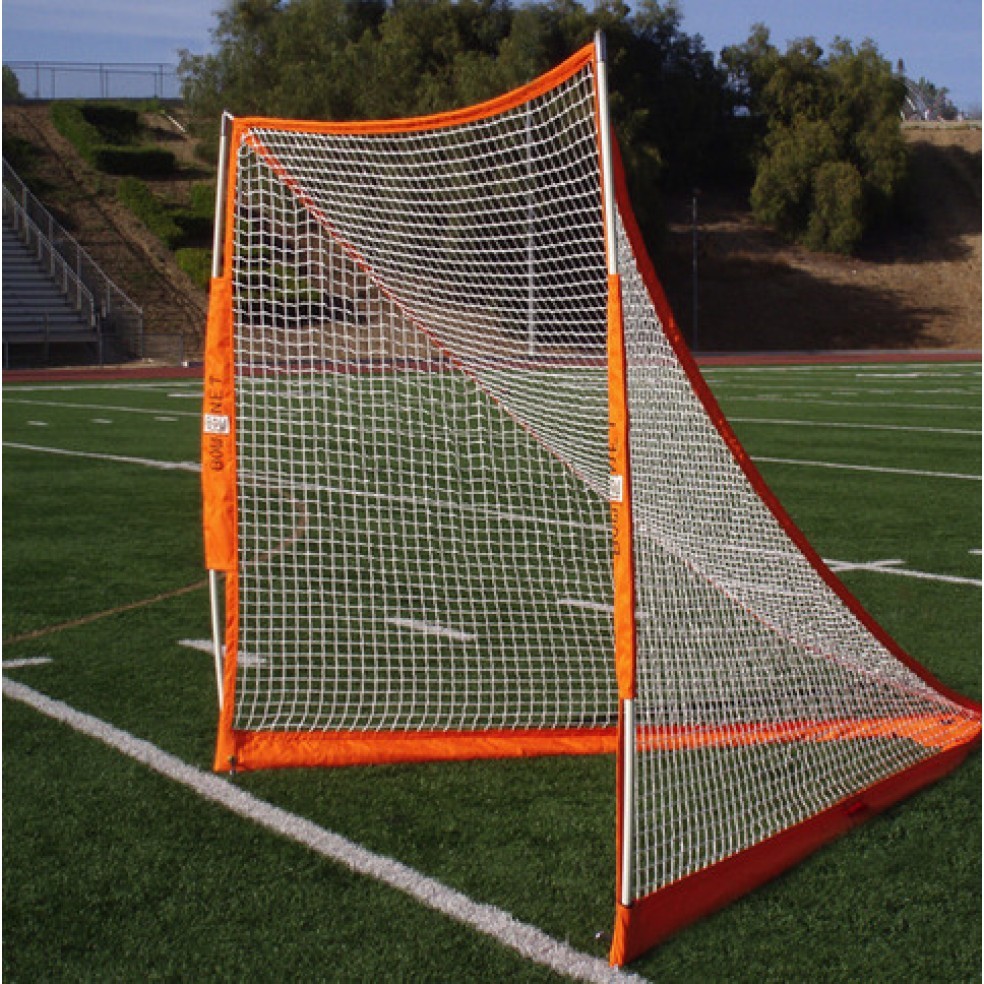 Now there are four satellites Keyhole of the eleventh generation in orbit, each of which, based on the construction of the orbit, makes up to five passes over the object of interest per day. In this case, the angle for shooting and the distance will be optimal no more than twice a day, including at night [1]. By default, the satellite’s ground track is typically repeated at four-day intervals.
Now there are four satellites Keyhole of the eleventh generation in orbit, each of which, based on the construction of the orbit, makes up to five passes over the object of interest per day. In this case, the angle for shooting and the distance will be optimal no more than twice a day, including at night [1]. By default, the satellite’s ground track is typically repeated at four-day intervals.
Nothing is known about the quality of shooting at night (in the infrared range) of devices of this type, however, domestic sources mention the possibility of reconnaissance from 20:00 to 02:00 local time [2].
Radar surveillance satellites Lacrosse were originally designed to monitor the missile and naval bases of the USSR and Russia (both stationary and mobile), then tasks on objects in the Middle East were added [3]. Obviously, the shooting is carried out in China. In contrast to the optical spectrum, spacecraft with reconnaissance radars do not depend on the weather, and the current level of radar development makes it possible to achieve comparable detail. For obvious reasons, there is no reliable information about the efficiency of correcting the orbit of these satellites, but such a possibility, no doubt, exists.
For obvious reasons, there is no reliable information about the efficiency of correcting the orbit of these satellites, but such a possibility, no doubt, exists.
In addition to the surveillance satellites already mentioned, U.S. planners probably have information coming from several dozen military satellites of NATO allies (plus Japan, South Korea and Israel), as well as commercial operators capable of providing satellite imagery (optoelectronic and radar) with a resolution not exceeding one meter. Remote sensing satellites of the families SAR-Lup e (Germany), COSMO (Italy), KOMPSAT (South Korea), Ofeq (Israel), commercial WorldView (DigitalGlobe) and Pleiades (СNES) are supposedly inferior in their characteristics to the best American samples [4]. Taking into account the achievements in the field of automated analysis of big data, one can confidently speak about the probability of adjusting the orbits of specific space reconnaissance to ensure constant monitoring of given areas of the earth’s surface for a long (albeit limited) period of time.
Possible development
It is impossible not to mention some projects that remained at the “promising” stage, but opened the way for new developments. In particular, the Starlite program, also known as Discoverer-II , deserves special attention. The main idea was to launch into space equipment similar to that used on the E-8 JSTARS combat control and target designation aircraft with a synthetic aperture radar, for even more complete and prompt coverage of a possible theater of operations and target designation in the interests of strike platforms[5] . In the mid-2000s, including in connection with the contradictions between various branches of the American military organization ( DARPA and NRO in this situation), the project was not implemented, but there are no insurmountable obstacles. And, we emphasize, we are talking about target designation.
Starlite with radar was conceived in the interests of the US Air Force, but other branches of the military are interested in satellite combat support. So, in the interests of the US Army, the project Kestrel Eye was carried out, ideologically close to Starlite , but based on opto-electronic solutions. To ensure situational awareness, it was supposed to withdraw a group of “nanosatellites” and supply units with operational information directly in the theater of operations [6]. This project also stopped at the prototype stage, but three new programs have already been launched on its basis: Gunsmoke, Lonestar and Polaris [7].
So, in the interests of the US Army, the project Kestrel Eye was carried out, ideologically close to Starlite , but based on opto-electronic solutions. To ensure situational awareness, it was supposed to withdraw a group of “nanosatellites” and supply units with operational information directly in the theater of operations [6]. This project also stopped at the prototype stage, but three new programs have already been launched on its basis: Gunsmoke, Lonestar and Polaris [7].
Thus, in addition to the already existing serious intelligence and surveillance capabilities, new systems are constantly being developed.
Constellation reconfiguration and orbit correction
Even an optimally built spacecraft configuration is not capable of providing continuous observation of individual areas of the earth due to the laws of celestial mechanics. A significant corpus of scientific papers by both domestic and foreign authors is devoted to the solution of the corresponding ballistic problems. There are two basic approaches[8]:
There are two basic approaches[8]:
- “chain system”: satellites are distributed in the plane of the orbit, form a continuous service band,
- rule of kinematically correct systems: satellites are located at the vertices of the “crystal lattice”, and their relative motion is repeated at certain intervals.
An interesting study was conducted by Chinese specialists (albeit with an emphasis on the task of “monitoring in an emergency”), who considered several options for building satellite constellations with an emphasis on an increased frequency of review[9]. According to available calculations, it is possible to provide two satellite passes per day over a given object for ten or nineteen days, after which a significant correction of the trajectory will be required.
The task of forming optimal constellations of spacecraft and approaches to adjusting their architecture and its reconfiguration, taking into account certain inputs, was also reflected in the open press[10].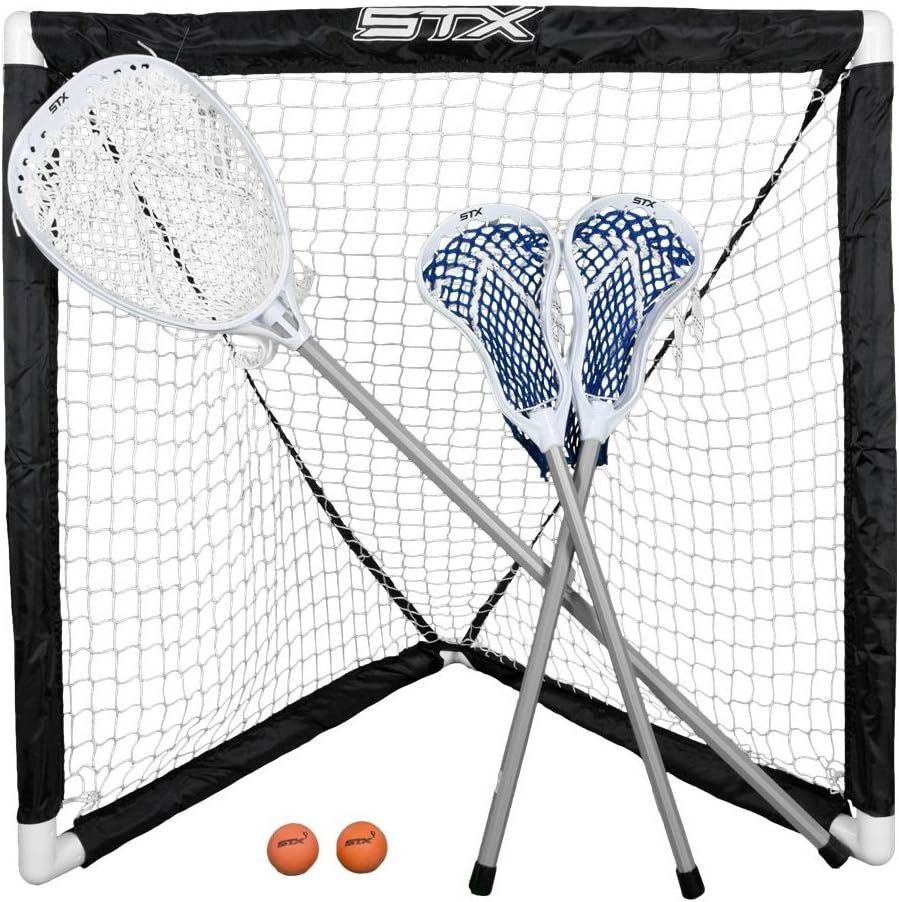
Impact measurement
The mechanism of using space infrastructure for the use of high-precision weapons is described in detail in domestic sources[11]. Of particular importance, in addition to reconnaissance and target designation, is the space communications infrastructure, which ensures the timely transmission of information between various elements. But it is expedient to focus precisely on the forces of nuclear deterrence. Based on the available information on the state of the Russian strategic nuclear forces,[12] only for the “monitoring” of the mobile group of strategic missile forces, it will be necessary to provide a constant overview of twenty-two missile regiments consisting of seven missile divisions over the combat patrol areas. Nearly two hundred launchers of mobile ground-based missile systems (PGRK) should be in the viewing strip, and in addition to their detection, it is necessary to provide support. In China, it is estimated[13] that the total number of launchers (including medium and shorter range missiles) also exceeds 150 units.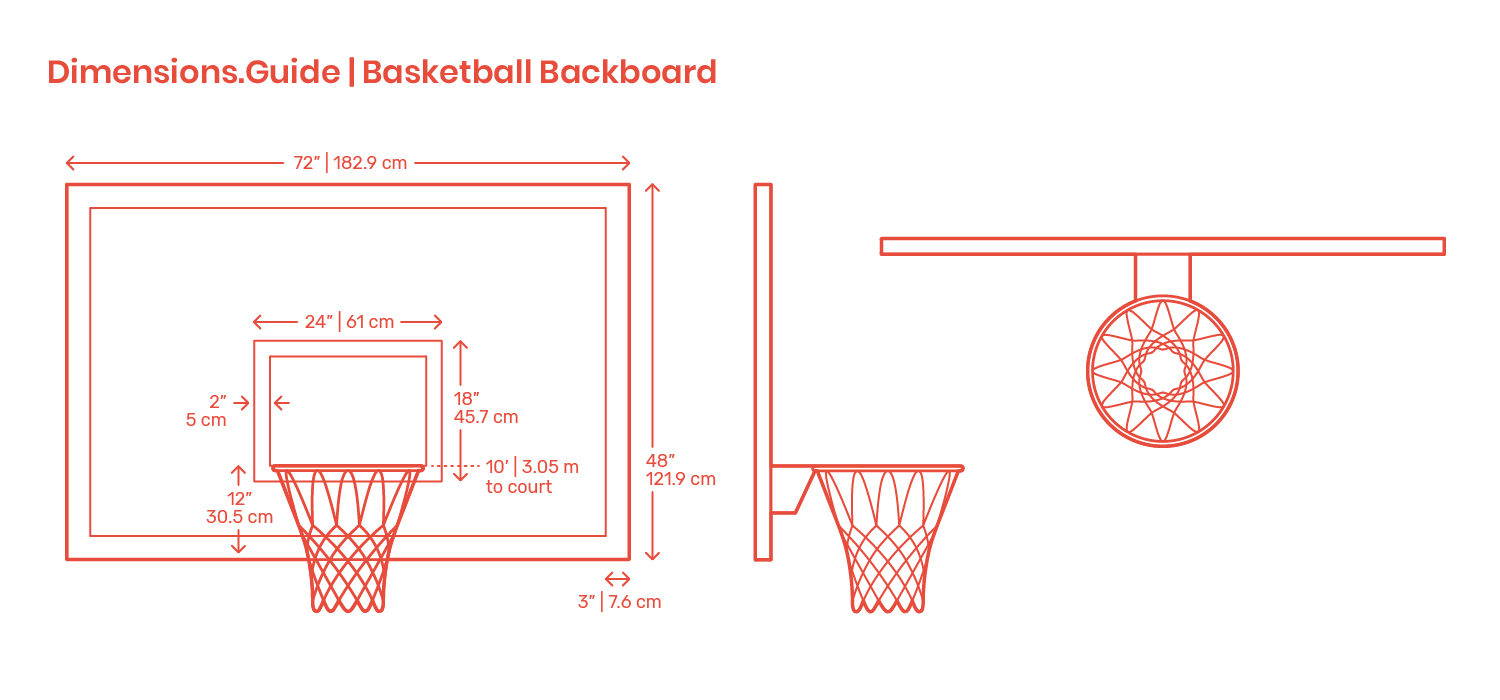
By aggregating all the available information from all the relevant spacecraft, a snapshot can be obtained for a short while, but two additional factors must be taken into account. Firstly, missile systems will not wait until enemy missiles reach them, especially since long-range subsonic cruise missiles remain the basic type of high-precision weapons until the advent of mass “tactical” hypersonic systems. Of course, modern missile weapons are quite “smart” and to a certain extent capable of additional reconnaissance of targets (especially given the spread of loitering ammunition), but nevertheless. Secondly, and this is much more important, this threat is recognized and considered not only and not so much in the political dimension. To stop it, both technical and operational developments are underway, which will be discussed later.
It should be noted that there are no official indications of the US desire to “undermine” the possibility of a retaliatory strike by Russian (or Chinese) strategic nuclear forces, including using space infrastructure. However, annoying references to such scenarios periodically appear. In particular, the Lockheed Martin company in a commercial demonstrated the joint work of satellites, unmanned aerial vehicles, stealth aircraft and cruise missiles to defeat a mobile ICBM launcher (confusingly reminiscent of the Yars PGRK), despite layered air defense (confusingly reminiscent of elements of the S-400 air defense system) [14].
However, annoying references to such scenarios periodically appear. In particular, the Lockheed Martin company in a commercial demonstrated the joint work of satellites, unmanned aerial vehicles, stealth aircraft and cruise missiles to defeat a mobile ICBM launcher (confusingly reminiscent of the Yars PGRK), despite layered air defense (confusingly reminiscent of elements of the S-400 air defense system) [14].
The most disturbing signal is the emergence of reconnaissance satellites for strike operations within the “zero tier” of US missile defense in the diagram (Fig. 1) presented in the review of the Agency’s budget request for 2021 fiscal year[15].
Fig.1. Space potential for the operational activities of the missile defense system
Countermeasures
As already mentioned, the vulnerability of PGRK from the point of view of hitting the lenses of spacecraft is studied in detail[16]. Measures are being developed to reduce visibility as such (camouflage, imitation, and others), and approaches to assessing the potential of satellite constellations of a potential enemy. Moreover, there are corresponding software solutions[17].
Moreover, there are corresponding software solutions[17].
However, in addition to passive measures, including a further increase in the area of PGRK patrol areas, work is also underway to actively counter possible threats associated with space reconnaissance. Of course, today everyone is familiar with the Peresvet mobile combat laser system, especially since its role in “covering maneuvering actions” of the PGRK has been officially announced [18]. But the technology of this cover was not explained. Perhaps we are talking about the creation of interference by intense laser radiation that enters the optical-electronic systems of spacecraft. According to estimates in the open press, even partial (up to 40%) illumination of the pixels involved in the construction of a recognizable object leads to incorrect recognition of an image area or non-detection of an object as such [19].
Another important area is the development of electronic warfare. In particular, one of the ways to counter “unauthorized surveillance” is to block the receiving on-board equipment of relay satellites used by reconnaissance satellites at the time of passing over the protected object[20]. It is curious that in this case, one of the key elements is to obtain reliable information about the movement of spacecraft. Such an impact on the satellites of a potential enemy, if it is carried out, then probably already in the conditions of an armed conflict. In parallel with relatively “non-destructive” impacts, it is possible to use systems of various bases with anti-satellite potential.
It is curious that in this case, one of the key elements is to obtain reliable information about the movement of spacecraft. Such an impact on the satellites of a potential enemy, if it is carried out, then probably already in the conditions of an armed conflict. In parallel with relatively “non-destructive” impacts, it is possible to use systems of various bases with anti-satellite potential.
In any case, monitoring near-Earth space, including for the purpose of ensuring situational awareness[21], that is, obtaining a reliable picture of the activity of all its “users”, is an extremely important task for timely and reliable threat assessment, as well as organizing countermeasures . It seems that in this way a kind of “transparency enforcement” can be achieved in relation to the targets of certain spacecraft.
Political Dimension
Transparency as such is not something intrinsically valuable. In particular, a number of American authors believe that satellite constellations, protected from malicious influence by appropriate agreements or technical means, can help or even save arms control[22]. American colleagues admit that commercial satellite constellations can be used to monitor the movement of troops and the state of nuclear arsenals “for an unprecedented duration,” and this brings great benefits to the military from the “right countries.”
American colleagues admit that commercial satellite constellations can be used to monitor the movement of troops and the state of nuclear arsenals “for an unprecedented duration,” and this brings great benefits to the military from the “right countries.”
The concern of Russia and China in connection with the potential threat from such “benefit” is only mentioned and in fact discarded, as well as the “profoundly flawed” Russian-Chinese initiative of the Treaty on the Prevention of the Placement of Weapons in Outer Space.
On the contrary, some new idea is proposed about non-interference in the work of satellites (which is partly already spelled out in relation to national technical means in existing arms control agreements, even if there are very few of them left). Obviously, the initiative is designed for “like-minded people”, and this is a very dangerous precedent – it is very difficult to implement separate rules for certain groups of countries in space, and conceptually this approach does not contribute to the peaceful exploration of outer space, although it has already been reflected in the American “Agreements Artemis” in terms of the development of lunar resources[23].
Conclusion
uperiority” ) and its derivatives . Perhaps this fact is the best way to characterize the attitude of the US military to all areas of armed confrontation – real, virtual or potential.
In such a situation it is very difficult to talk about any kind of cooperation. For both Russia and China, officially listed as threats and adversaries, the simplest response would be to further build up their own anti-satellite capabilities. As a result, at least in the short term, we expect the continued development of kinetic, laser, electronic and other means of combat in space and “with space.” The transformation of the Russian-Chinese draft treaty on the prevention of the placement of weapons in outer space, the use of force or the threat of force against space objects (PPWT) into a real instrument of international law, unfortunately, seems less and less likely.
It would be expedient for the Russian side to publish (following the Fundamentals of State Policy in the Field of Nuclear Deterrence[25]) a publicly available document of a declarative nature regarding aerospace defense.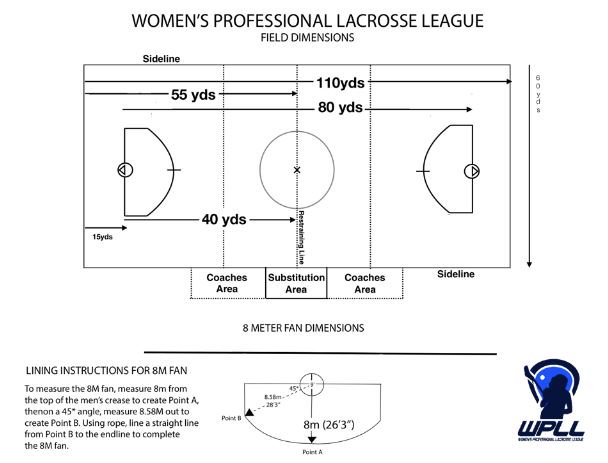 In this way, fantastic theories about Russian intentions in this area could be dispelled, while at the same time demonstrating a readiness to ensure domestic interests in the face of growing confrontation in space.
In this way, fantastic theories about Russian intentions in this area could be dispelled, while at the same time demonstrating a readiness to ensure domestic interests in the face of growing confrontation in space.
The development of space monitoring systems, both quantitatively and qualitatively, is a natural process that, in addition to threats, opens up very wide opportunities, including in the field of transparency and arms control (not counting the solution of obvious strictly military tasks)[26]. One of the priority areas should be not so much counteraction to potentially threatening infrastructure, but the creation of our own spacecraft and their constellations, which will effectively perform the relevant tasks in the interests of domestic users.
The study was supported by a grant from the Russian Science Foundation (project no. 18-18-00463).
Fleet of moderate globality
Ilya Kramnik
The key trend in the development of the Navy is the shift of the center of gravity of the development of world sea power to the East, primarily to the Asia-Pacific region.
Read more
Footnotes
[1] Data obtained empirically using the portal https://www.heavens-above.com and blog materials https://sattrackcam.blogspot.com
[2] Marshalov K. “American spacecraft of optoelectronic reconnaissance”. “Foreign military review”, No. 10, 2013, pp. 64-68.
[3] Pykhtunkin A.V., Spirin M.S., Polyanskov A.V. Possibility of using the Lacrosse space radar surveillance system. Military Review, No. 2 (2), 2017. S. 29–32.
[4] The author is grateful to V.V. Gibalov for providing the database of the corresponding spacecraft.
[5] Day Dwayne A. Radar love: the tortured history of American space radar programs. The Space Review, 01/22/2007. URL: https://www.thespacereview.com/article/790/1
[6] Erwin S. Army’s imaging satellite up and running, but its future is TBD. Spacenews, 02/21/2018. URL: https://spacenews.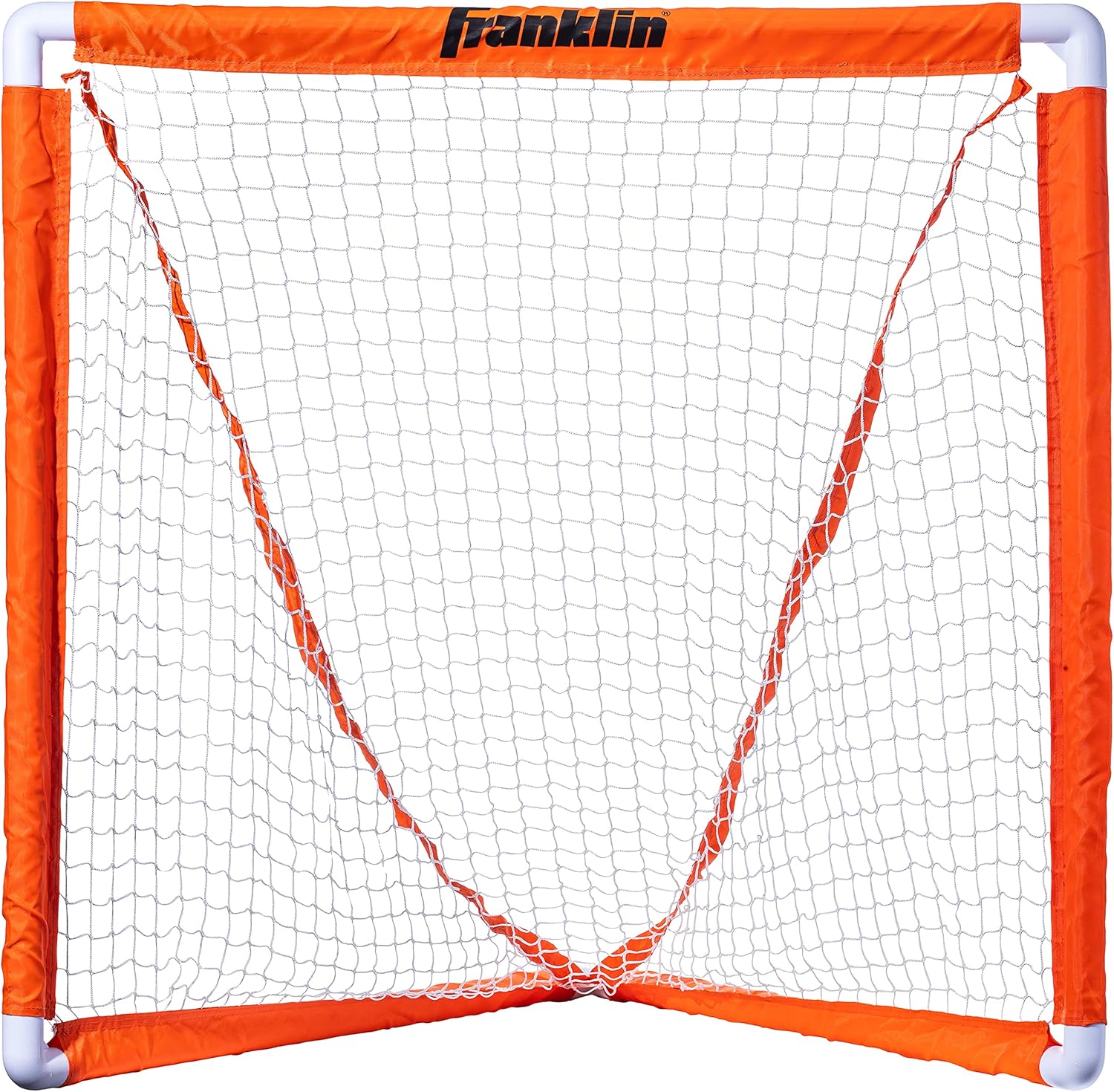 com/armys-imaging-satellite-up-and-running-but-its-future-is-tbd/
com/armys-imaging-satellite-up-and-running-but-its-future-is-tbd/
[7] Hitchens Theresa, Freedberg Jr. Sydney J. Army Seeks Small Satellites To Support Ground Troops. Breaking Defense, 08/07/2019. URL: https://breakingdefense.com/2019/08/army-seeks-small-satellites-to-support-ground-troops/
[8] Devin N.N., Kovalenko A.Yu., Kovalenko Yu.A., Mosin D.A. Ballistic design of spacecraft systems for continuous service of a given area. Izvestiya RARAN, No. 4 (104), 2018, pp. 55–60.
[9] Taibo Li, Junhua Xiang, Zhaokui Wang, Yulin Zhang. Circular revisit orbits design for responsive mission over a single target. Acta Astronautica, No. 127, 2016. PP. 219-225.
[10] Anisimov V.Yu., Pinchuk A.V., Molokanov G.G. Application of situational analysis to assess the possibility of reconfiguration of the system of spacecraft for remote sensing of the earth in a variety of situations of intended use. Questions of Electromechanics, vol. 140, 2014, pp. 41–44.
140, 2014, pp. 41–44.
[11] Makarenko S.I. The use of outer space for military purposes: the current state and prospects for the development of information and space support systems and weapons. Control, communication and security systems, 4/2016. pp. 161–213.
[12] Kristensen Hans M., Korda Matt. Russian nuclear forces. Bulletin of the Atomic Scientists, 2020. 76:2, PP. 102–117. DOI: 10.1080/00963402.2020.1728985.
[13] Kristensen Hans M., Korda Matt. Chinese nuclear forces. Bulletin of the Atomic Scientists, 2019. 75:4, PP. 171–178. DOI: 10.1080/00963402.2019.1628511.
[14] Defining the Future of ISR & UAS Technology. URL: https://www.youtube.com/watch?v=W2j023iHhNQ
[15] Budget Estimates Overview FY 2021. URL: https://www.mda.mil/global/documents/pdf/budgetfy21.pdf
[16] Solovyov A.S., Shelamov S. V., Maksimenkov A.G. On the issue of detection by means of specific space reconnaissance of large-sized mobile objects in forests. Strategic stability, No. 4 (89), 2019, pp. 28–29.
Strategic stability, No. 4 (89), 2019, pp. 28–29.
[17] Soloviev A.S. Evaluation of the entry of ground objects of the Strategic Missile Forces into the swath of reconnaissance spacecraft. Certificate number: RU2020612427.
[18] Tikhonov A. The Ministry of Defense of the Russian Federation is open to an equal dialogue on ensuring military security. Krasnaya Zvezda, No. 142, 2019. Link: http://redstar.ru/ministerstvo-oborony-rf-otkryto-k-ravnopravnomu-dialogu-po-voprosam-obespecheniya-voennoj-bezopasnosti/
[19] Sakharov M.V., Conradi D.S. Influence of intense laser radiation on object recognition by optical-electronic systems of space vehicles. Bulletin of the Institute of Engineering Physics, 1 (55), 2020, pp. 2–6.
[20] Vatutin V.M., Kovalenko L.S., Kruglov S.A. Possibilities of ensuring electronic protection of areas on the Earth’s surface from unauthorized surveillance. Rocket and space instrumentation and information systems, vol. 6, issue 4, 2019, pp. 37–43.
6, issue 4, 2019, pp. 37–43.
[21] Achasov O.B., Astrakhantsev M.V., Oleinikov I.I. Substantiation of requirements for monitoring systems of near-Earth space in strategic deterrence. Armament and Economics, No. 3 (36), 2016, pp. 6–14.
[22] Markey Michael, Pearl Jonathan, Bahney Benjamin. How Satellites Can Save Arms Control. Foreign Affairs, August 5, 2020. URL: https://www.foreignaffairs.com/articles/asia/2020-08-05/how-satellites-can-save-arms-control
[23] Naumov A The moonshake is firm. Kommersant, No. 80, 2020.S. 2.
[24] Defense Space Strategy Summary, June 2020. URL: https://media.defense.gov/2020/Jun/17/2002317391/-1/-1/1/2020_DEFENSE_SPACE_STRATEGY_SUMMARY.PDF
[25] Approved by Decree of the President of the Russian Federation of June 2, 2020 No. 355 “On the Fundamentals of the State Policy of the Russian Federation in the field of nuclear deterrence”.
[26] Volkov A.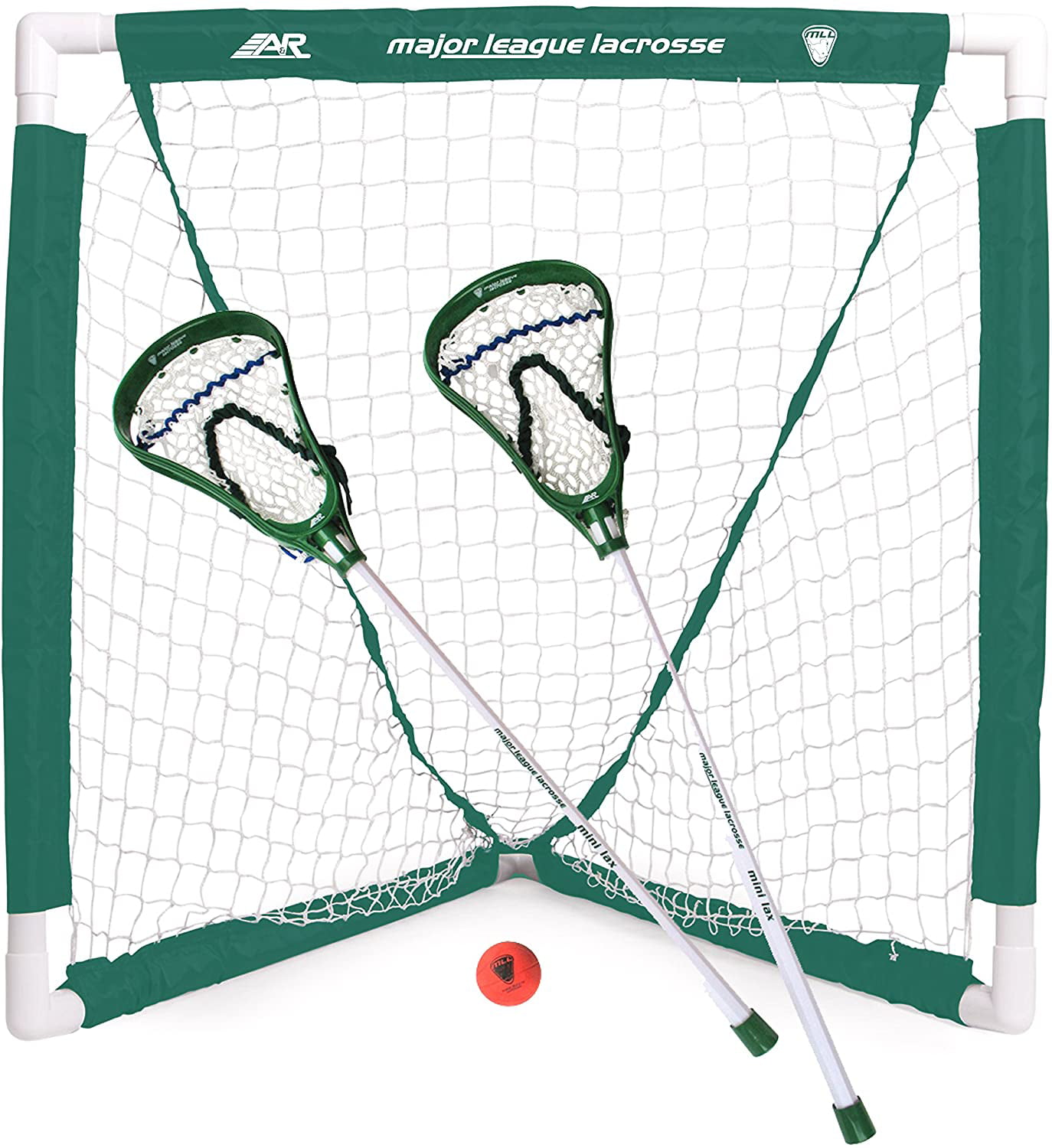
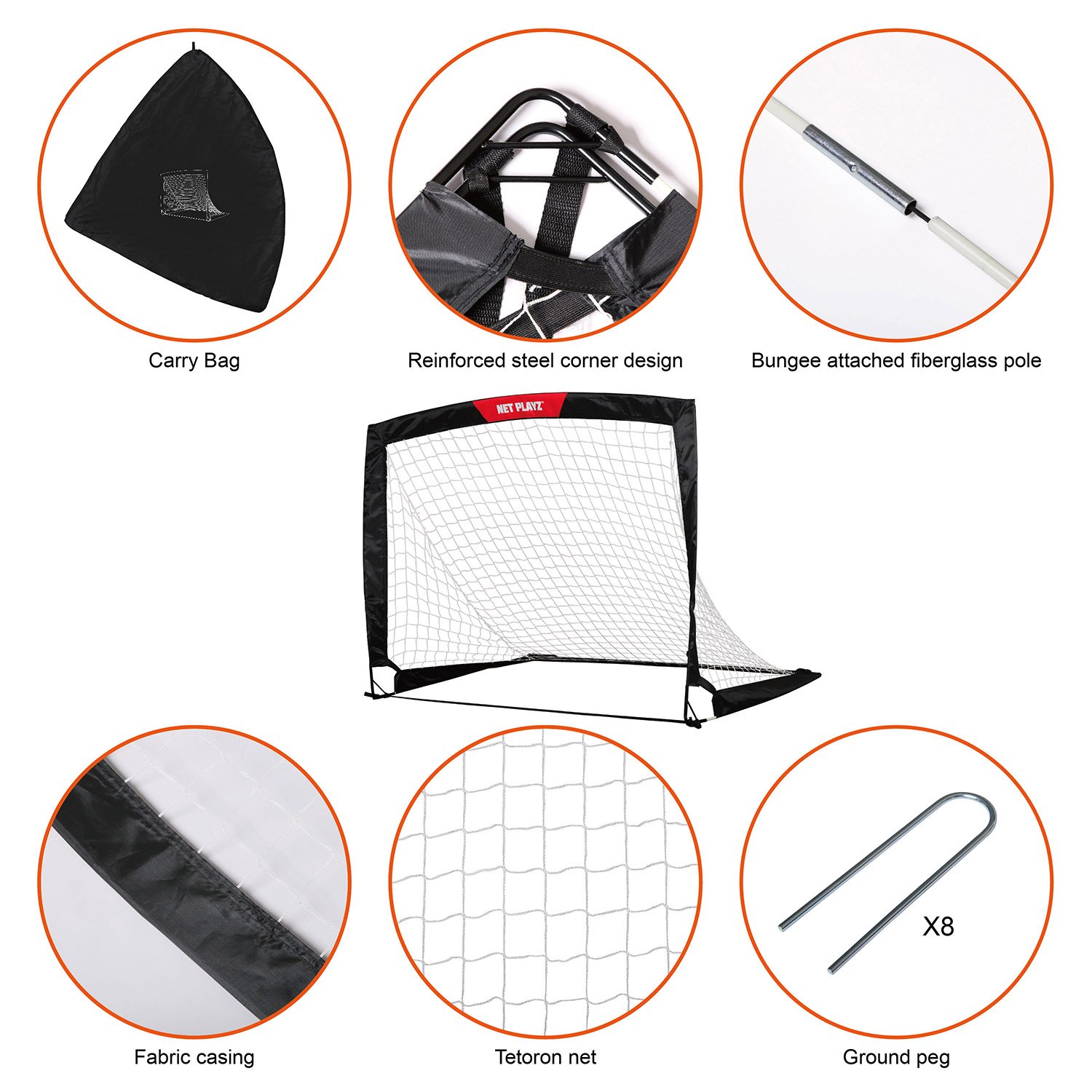

 2KB
2KB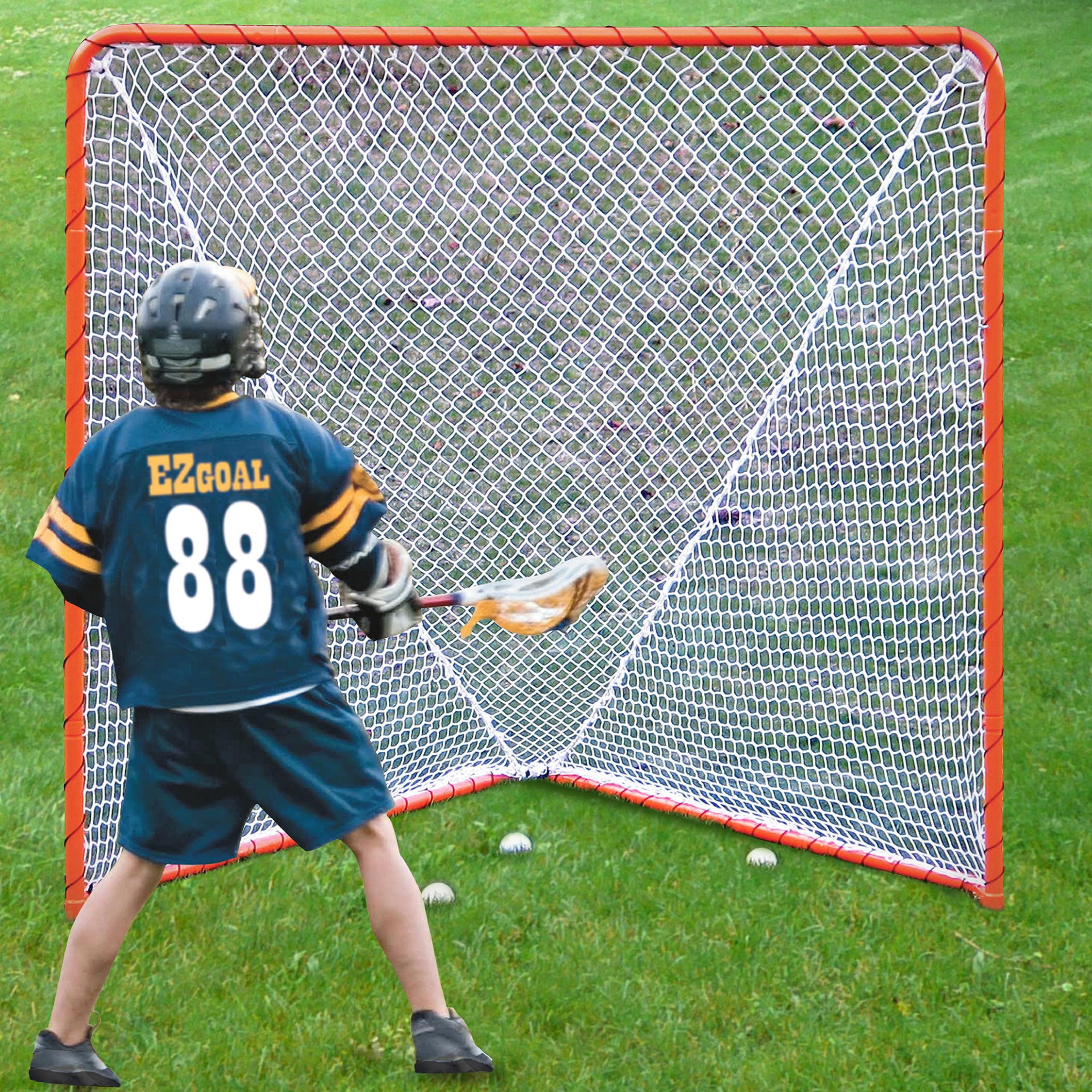 29KB
29KB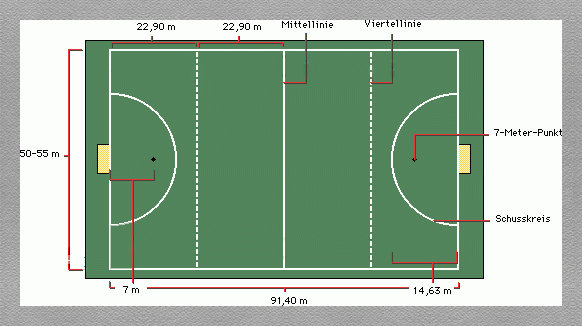 06KB
06KB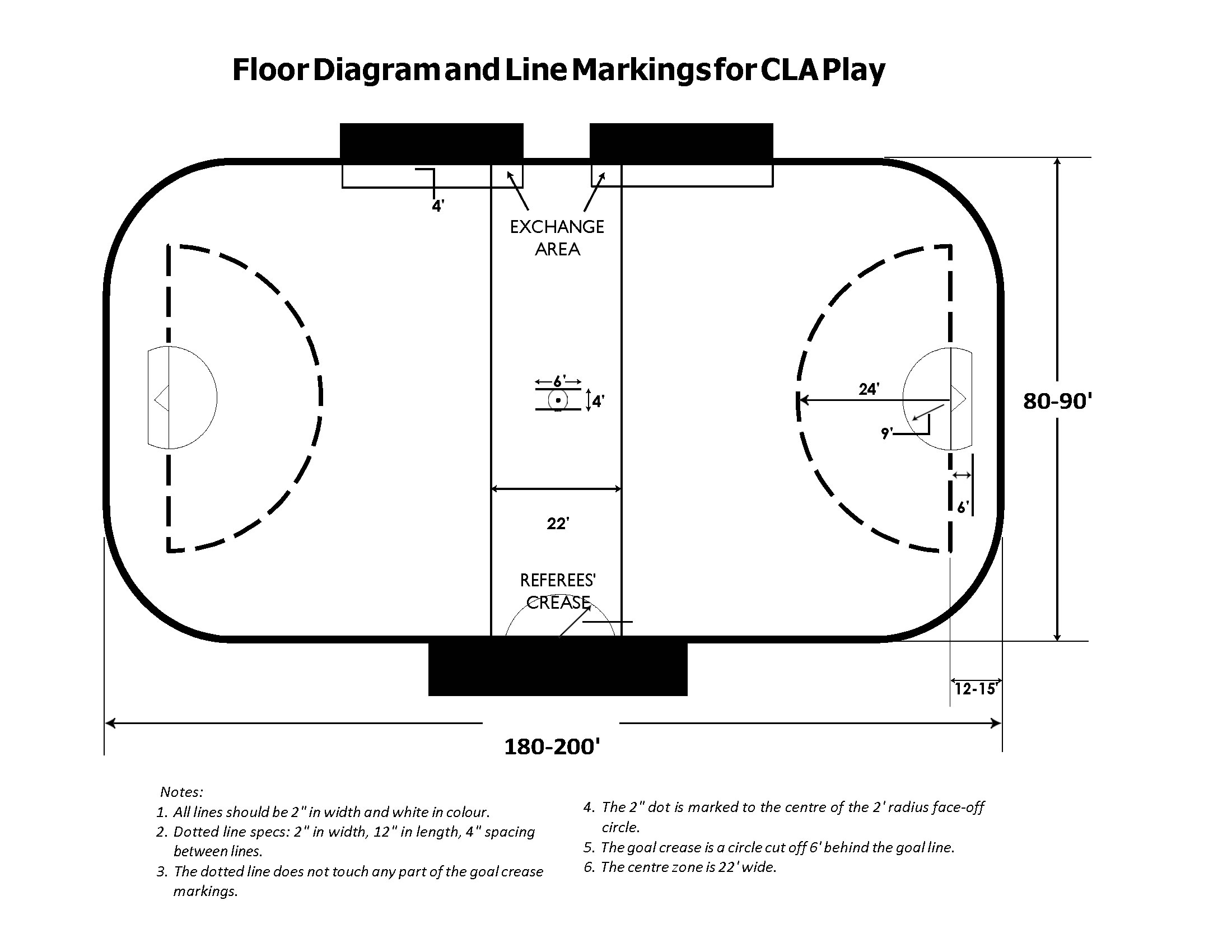 28KB
28KB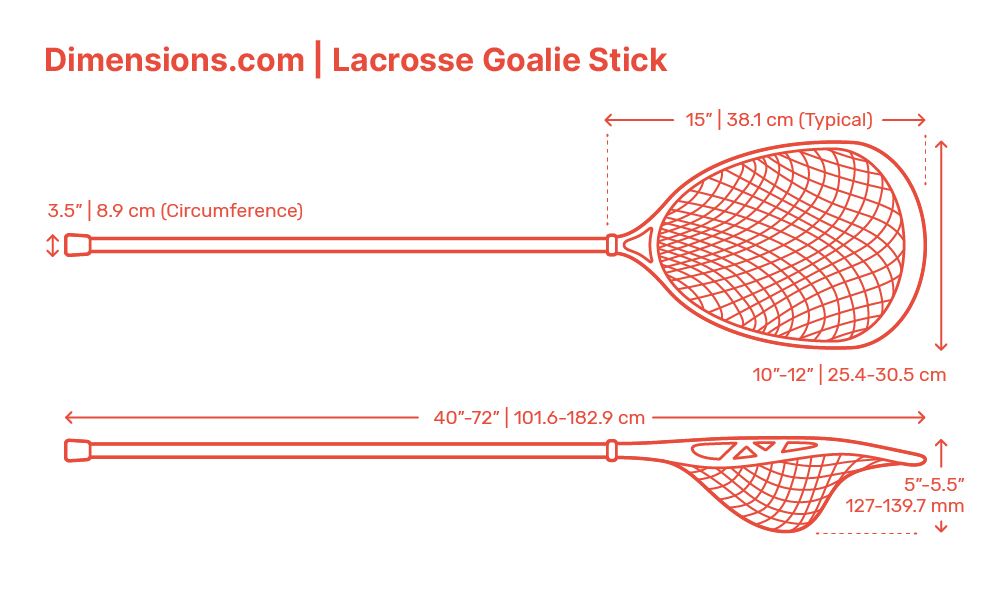 78KB
78KB